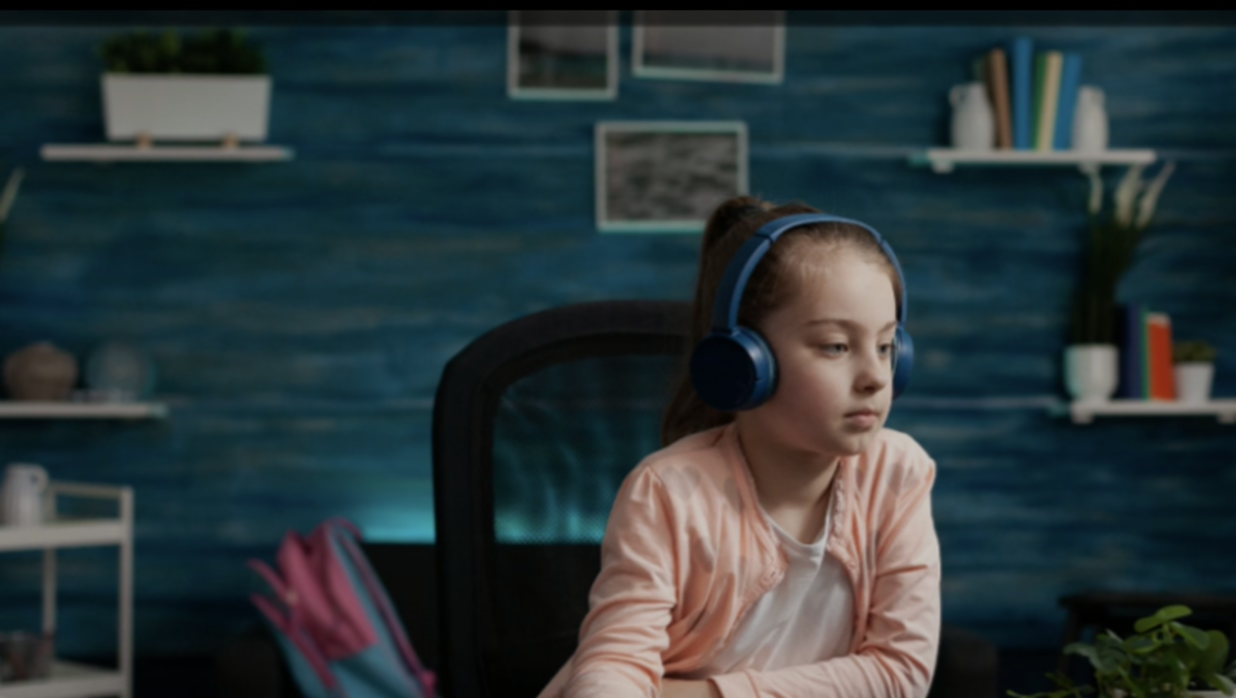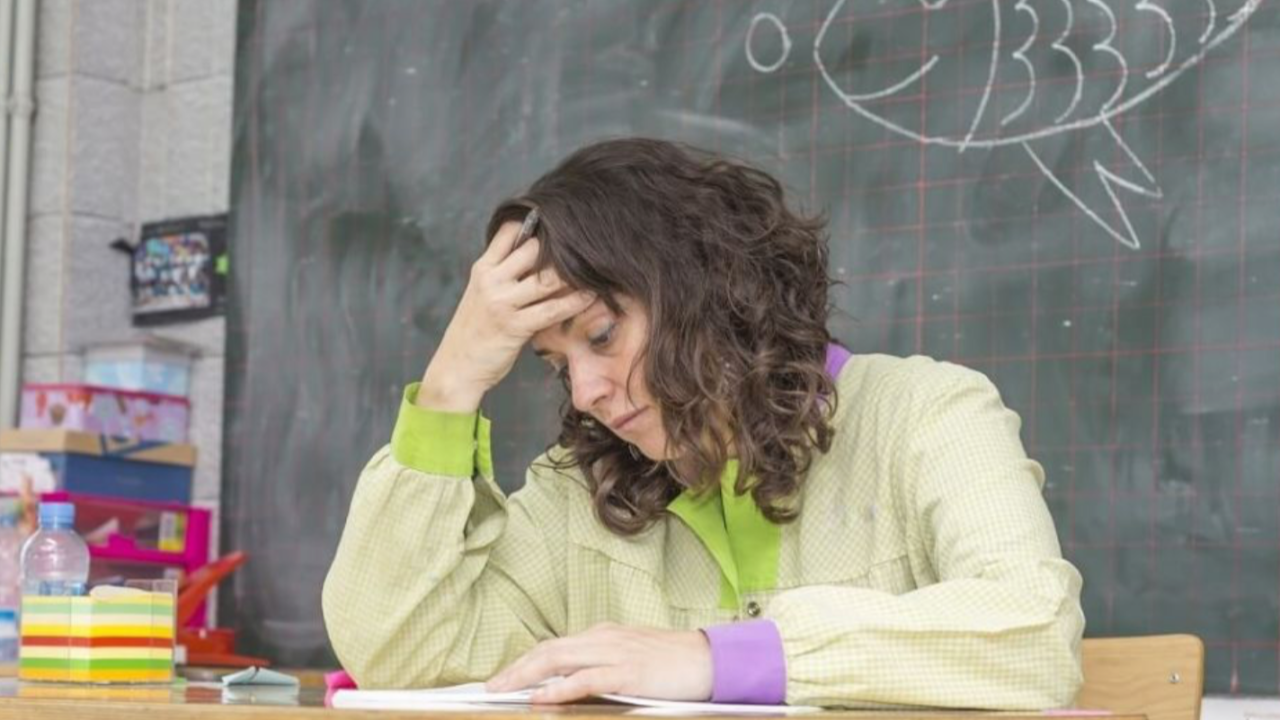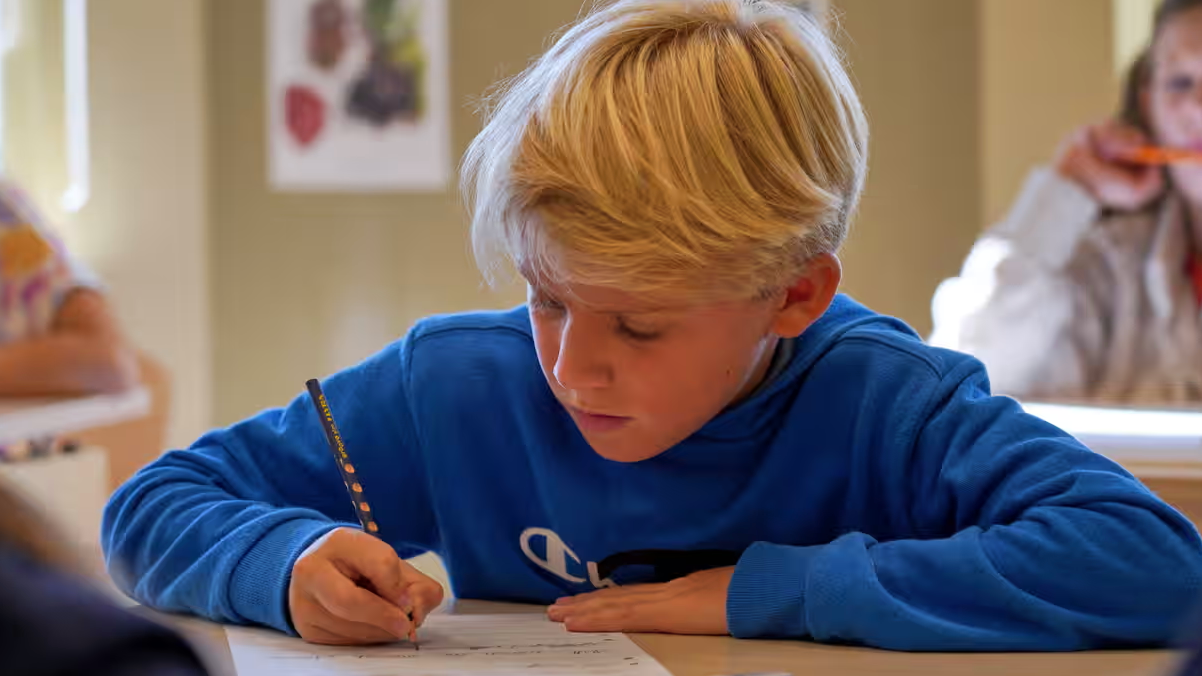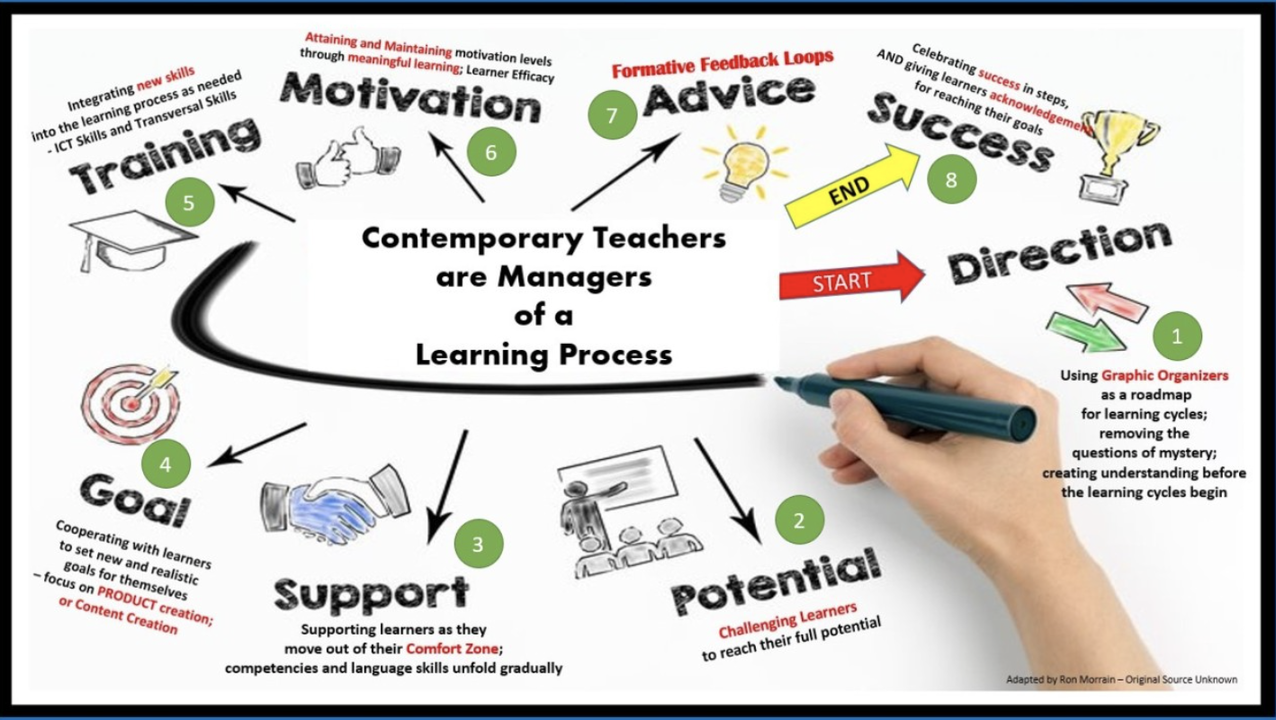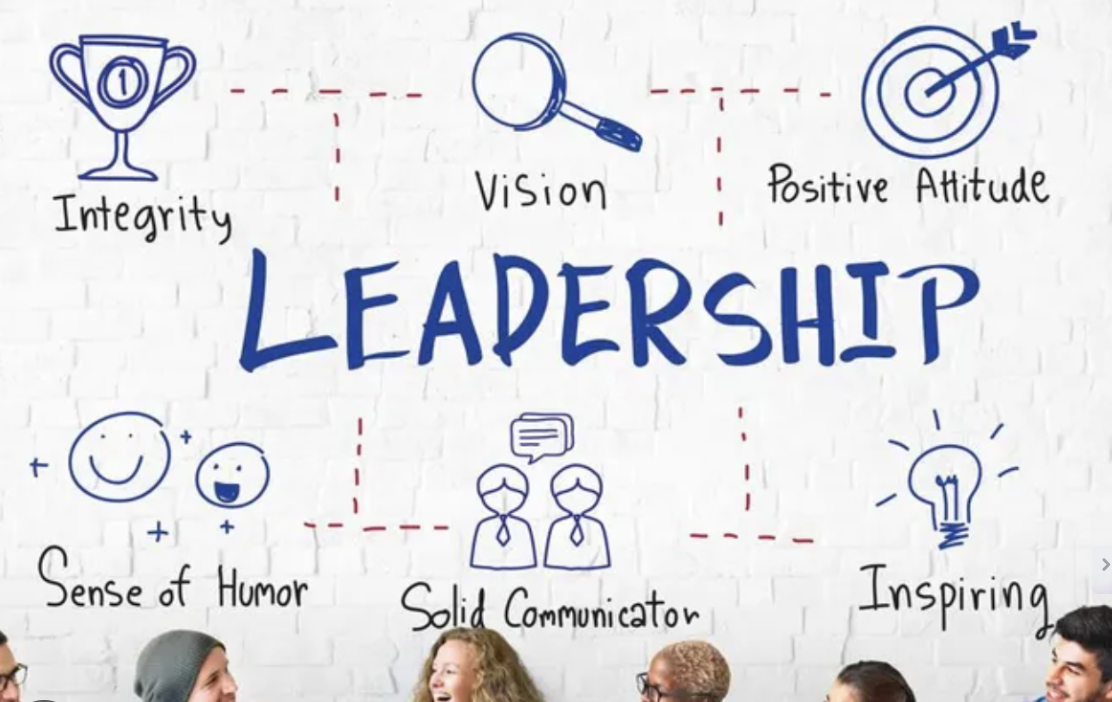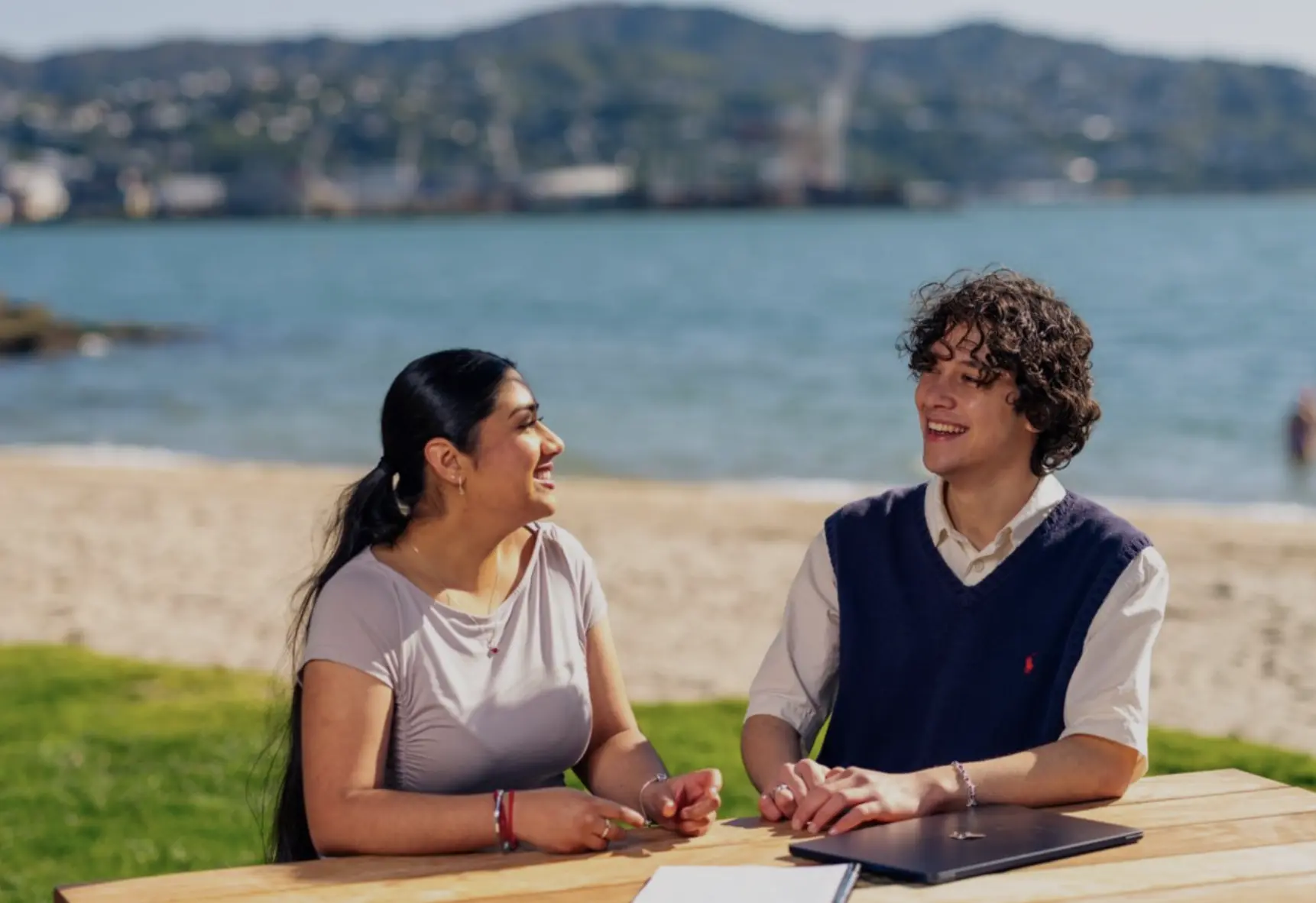evolves to meet the demands of 2040 and beyond, schools are embracing innovative, technology-driven methods that promise a more personalised and meaningful learning experience.
Transitioning from a standardiased, one-size-fits-all approach, education is now focusing on individualised learning paths that leverage digital tools to allow students to progress at their own pace.
This shift is characterised by an emphasis on deeper conceptual understanding, critical thinking, and real-world applications, moving away from rote memorisation and standardised testing – more towards adaptive diagnostic assessments.
The integration of flexible learning models, advanced educational technology, and a holistic approach to intellectual, social, emotional, and physical development ensures that students are well-equipped to become the leaders and innovators of tomorrow.
By fostering creativity, resilience, and a love for learning, the education system is becoming more adaptive, inclusive, and relevant, preparing students to thrive in a rapidly evolving world.
Education is really embracing the future and preparing students for 2040 and beyond. There are challenges, however the shift is really happening.
Flexible Learning:
Today: Standardised, one-size-fits-all model with all students in the same grade learning the same content at the same pace is shifting to more personalised learning
2040: Personalised learning paths using digital technologies, allowing students to learn at their own pace with targeted learning based on inspiring learners and not dictating learning
Broader Learning Priorities:
Today: Focus on rote memorisation and standardised testing, with an emphasis on factual and procedural knowledge is still prevalents in some schools
2040: Emphasis on deeper conceptual understanding, critical thinking, and real-world application of knowledge, integrating subject knowledge with skills and personal attributes like creativity and resilience – this is now dominating most classrooms in good schools
Continuity of Learning:
Today: Fixed stages of education with distinct transitions and time-based progression, regardless of student readiness – this is driven by many fixed curriculum models and following published books.
An example is the International Baccalaureate (IB) prepares which students by offering a continuum of learning from early childhood to university entrance, ensuring smooth transitions between educational stages. It focuses on inquiry-based learning, critical thinking, and real-world applications, allowing students to progress at their own pace.
By emphasising intellectual, social, emotional, and physical development, the IB’s holistic approach equips students with the skills and knowledge they need to succeed in higher education and beyond, addressing the limitations of fixed stages and time-based progression found in traditional curricula.
Technology
Education is innovatively preparing students for 2040 and beyond by embracing new methods that are both technology-driven and pedagogically sound.
Schools are adopting flexible learning models, leveraging digital technologies to provide personalised learning paths that cater to individual student needs.
The focus has shifted from rote memorisation to fostering deeper conceptual understanding and critical thinking skills, crucial for real-world applications.
A prime example of this transformation is the way phonics is taught.
Daily practice and multi-sensory techniques ensure that foundational skills like phonics are firmly established.
Differentiated instruction and regular assessments guarantee that no student is left behind, while interactive lessons and educational technology, such as apps, e-books, and virtual reality, make learning engaging and accessible.
Speech recognition software provides immediate feedback on pronunciation, enhancing phonics learning.
Phonics apps offer interactive games and activities, while online programmes provide structured lessons and exercises. Interactive e-books with built-in phonics activities and educational videos make learning fun.
Virtual reality creates immersive environments for practical phonics practice, and interactive whiteboards bring phonics lessons to life in the classroom.
Additionally, Drop Everything and Read programmes encourage students to dedicate specific times to reading, fostering a love for literature and improving literacy skills.
Parental involvement further reinforces these efforts, creating a holistic and supportive learning environment.
By integrating these innovative approaches, education systems are becoming more adaptive, inclusive, and relevant, equipping students with the skills and knowledge they need to thrive in a rapidly evolving world.
With a vision developing into a comprehensive strategy this will ensure that today’s learners are well-prepared to become tomorrow’s leaders and innovators
These changes aim to create an adaptive, inclusive, and relevant education system, preparing students to thrive in a rapidly changing world.

